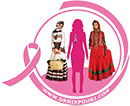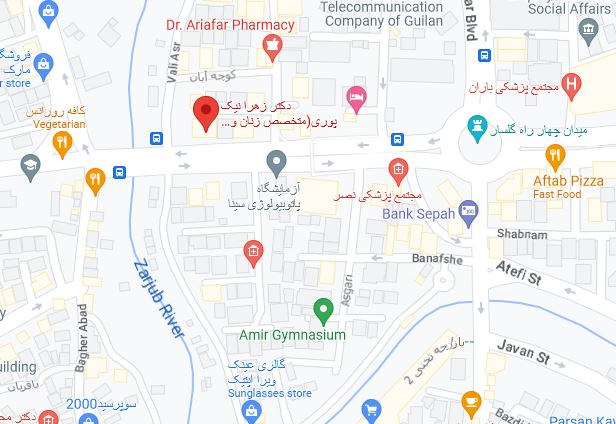Anatomy and physiology of the breast
|
Women and men both have breasts, but women have more breast tissue than men. Each breast lies over a muscle of the chest called the pectoral muscle. The female breast covers a fairly large area. It extends from just below the collarbone (clavicle), to the armpit (axilla) and across to the breastbone (sternum).
StructureThe breast is a mass of glandular, fatty and connective tissue. The breast is made up of:
Ligaments support the breast. They run from the skin through the breast and attach to muscles on the chest. There are several major nerves in the breast area, including nerves in the chest and arm. There are also sensory nerves in the skin of the chest and axilla. The lymphatic system of the breastThe breast has many blood vessels and lymph vessels. Lymph vessels are thin tubes similar to blood vessels. They collect and move lymphlymphA clear, yellowish fluid that contains nutrients, lymphocytes (a type of white blood cell that fights germs, foreign substances or cancer cells) and antibodies. Lymph fluid circulates throughout the body in lymph vessels and bathes body tissues. fluid away from the breast into small bean-shaped masses of lymphatic tissue, called lymph nodeslymph nodesA small, bean-shaped mass of lymphatic tissue along lymph vessels (tubes through which lymph fluid travels in the body). Lymph nodes store lymphocytes (a type of white blood cell that fights germs, foreign substances or cancer cells) and filters bacteria and foreign substances (including cancer cell, in the area around the breast. The lymph vessels and lymph nodes are part of the lymphatic systemlymphatic systemThe group of tissues and organs that produce and store cells that fight infection and diseases., which helps fight infections.
The breast lymph nodes include:
Axillary lymph nodesThere are about 30–50 lymph nodes in the axilla. The number varies from woman to woman. The axillary lymph nodes are divided into 3 levels according to how close they are to the pectoral muscle on the chest:
Breast developmentBreast tissue changes at different times during a woman’s life. It changes during puberty, during the menstrual cycle, during pregnancy and after menopause. Female breasts do not begin growing until puberty (around 10–12 years of age). At this time, the breasts respond to hormonal changes (mostly increased estrogen and progesterone) in the body and begin to develop. During puberty, the breast ducts and milk glands grow. The breast skin stretches as the breasts grow, creating a rounded appearance. Young women tend to have denser breasts (more glandular tissue) than older women. In older women, much of the glandular and ductal tissue is replaced with fatty tissue and breasts become less dense. Ligaments also lose their elasticity when women age, causing the breasts to sag. The size and shape of women’s breasts vary considerably. Some women have a large amount of breast tissue and have larger breasts. Others have a smaller amount of tissue with little breast fat. A woman’s breasts are rarely the same size. Often one breast is slightly larger or smaller, higher or lower or shaped differently than the other. Hormones and the breastEstrogen is the main female hormone. It influences female sexual characteristics, such as breast development, and it is necessary for reproduction. Most of the estrogen in a woman’s body is made by the ovaries, though a small amount is made by the adrenal glands. Progesterone is the other female sex hormone made in the ovaries. Its role is to prepare the uterus (womb) for pregnancy and the breasts for producing milk for breast-feeding (lactation). The breast tissues are exposed to monthly cycles of estrogen and progesterone throughout a woman’s childbearing years.
After menopause, the monthly cycle of estrogen and progesterone end. However, the adrenal glands continue to produce estrogen so that a woman keeps her sexual characteristics. FunctionThe breast’s main function is to produce, store and release milk to feed a baby. Milk is produced in lobules throughout the breast when they are stimulated by hormones in a woman’s body after giving birth. The ducts carry the milk to the nipple. Milk passes from the nipple to the baby during breast-feeding.
Reference: www.cancer.ca |





